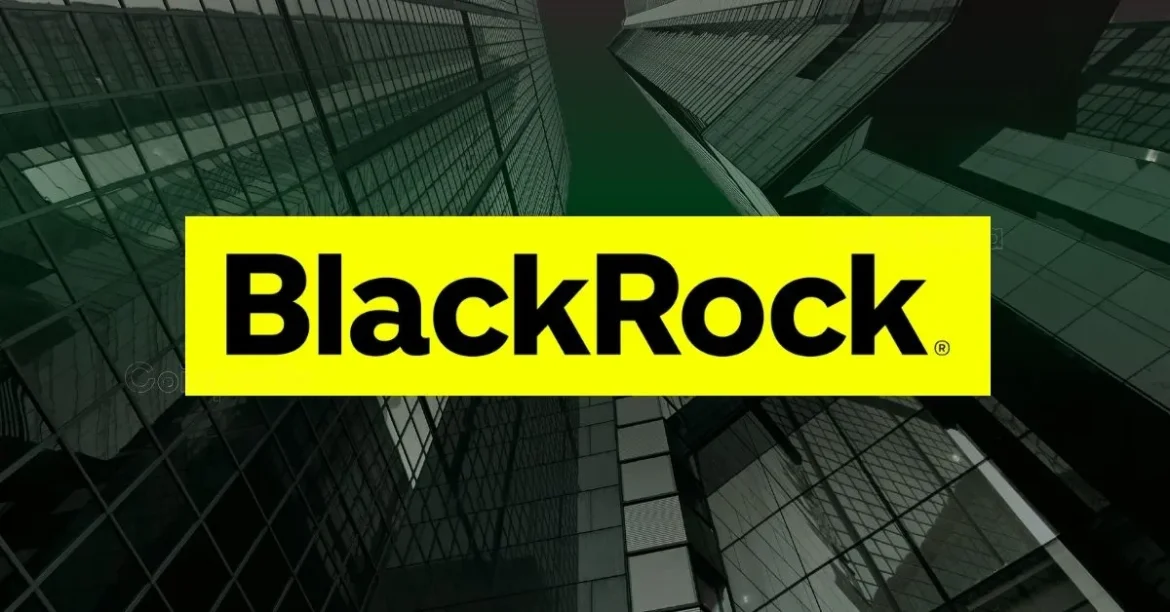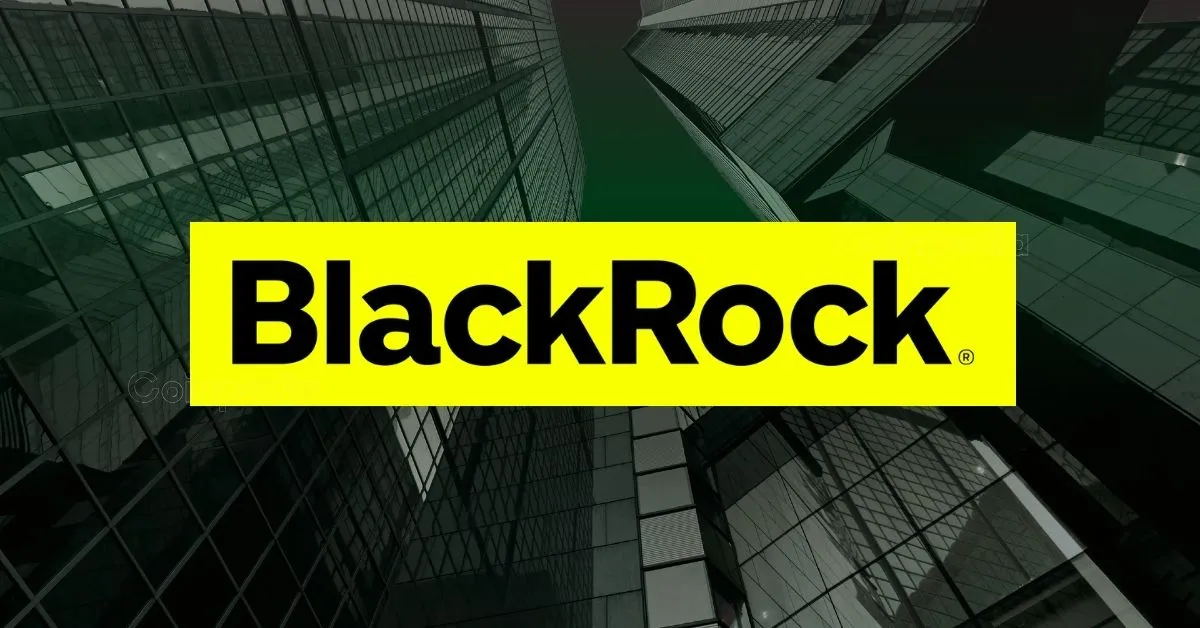At the recent Bitcoin Conference 2025 held in Las Vegas, a significant sentiment shift was spotlighted regarding the evolving status of Bitcoin as an investment asset. Notably, Robert Mitchnick, Managing Director and Head of Digital Assets at BlackRock, shared a striking assessment of Bitcoin’s comparative potential against gold, a long-standing “safe haven” asset. This report will explore the implications of BlackRock’s statements, how Bitcoin’s investment profile stands relative to gold, and what this might signal for the future landscape of digital and traditional assets.
Bitcoin’s Upside Potential Versus Gold
BlackRock’s Robert Mitchnick emphatically stated that Bitcoin possesses “much higher upside than gold and lower downside,” a claim that garnered significant attention given BlackRock’s stature as one of the world’s largest asset management firms. This point touches on two critical aspects of investment evaluation—expected return (upside) and risk (downside):
– Higher Upside: Bitcoin’s price history, characterized by rapid and substantial rallies, positions it as an asset with the potential for outsized gains relative to gold. Its dynamic market behavior, coupled with increasing institutional adoption and growing acceptance as a store of value, drives expectations that Bitcoin could outperform gold in appreciation.
– Lower Downside: This is a more nuanced claim. Traditionally, gold is prized for its stability and low downside risk, often seen as a “risk-off” asset during market turmoil. The assertion that Bitcoin exhibits lower downside risk suggests confidence in Bitcoin’s maturing market infrastructure, increased liquidity, and enhanced investor knowledge, which may help shield it from severe drops over the long run.
Mainstream Recognition and Maturation
BlackRock’s endorsement marks a notable evolution in Bitcoin’s investment narrative. Once dismissed by traditional finance as speculative or fringe, Bitcoin is increasingly viewed as a legitimate asset class with strategic utility:
– Institutional Adoption: BlackRock’s involvement signals that major financial players are integrating digital assets like Bitcoin into portfolios, catalyzing further liquidity and stability.
– Regulatory and Legislative Momentum: The ongoing Bitcoin 2025 Conference also highlighted supportive legislative developments and clearer regulatory frameworks, which diminish regulatory risks and enhance investor confidence.
– Growing “Digital Gold” Narrative: BlackRock and similar voices frame Bitcoin as a digital equivalent or successor to gold, emphasizing attributes like scarcity (fixed supply), censorship resistance, and ease of transfer compared to the physical complexities of gold storage and movement.
Comparative Advantages Over Gold
Bitcoin’s distinct digital characteristics grant it several advantages when compared to gold:
– Portability and Divisibility: Bitcoin is easily transferrable and divisible into small units (satoshis), allowing fractional ownership and instant cross-border movement without intermediaries.
– Transparency and Decentralization: On-chain data transparency and a decentralized network underlie Bitcoin’s security and trustlessness, reducing counterparty risks inherent in physical gold custody.
– Technological Integration: Bitcoin’s integration into decentralized finance (DeFi) and digital wallets facilitates its use not only as a store of value but also as a transactional and programmable asset, expanding its utility beyond gold’s traditional confines.
Potential Risks and Considerations
Despite its promise, Bitcoin still faces challenges that investors need to weigh:
– Volatility: Though institutional adoption and infrastructure are improving, Bitcoin remains more volatile than gold, especially over shorter time frames.
– Regulatory Uncertainty: While progress is ongoing, regulatory environments globally remain fluid, with potential for adverse policy shifts.
– Market Perception: Gold’s millennia-old status as a store of value instills investor confidence hard to replicate quickly; Bitcoin’s relative youth and association with speculative trading can trigger sentiment shifts rapidly.
Broader Industry Context
Other influential voices and organizations echoed similar perspectives at the conference and beyond:
– JPMorgan analysts predicted Bitcoin would outperform gold in the near term.
– Belridge Digital Assets and strategic investors highlighted Bitcoin’s superior upside potential.
– BlackRock’s 2025 market outlook portrays Bitcoin as a “risk-off” asset possibly serving as a tactical hedge within diversified portfolios, indicating its emergence as a mainstream financial instrument.
Conclusion: The Shifting Paradigm of Value Preservation
The statements from BlackRock’s leadership at the Bitcoin Conference 2025 underscore a pivotal moment in the investment landscape. Bitcoin, once solely the province of retail and niche tech enthusiasts, is now championed by global financial powerhouses as an asset with tremendous growth potential coupled with manageable downside risks. Its digital native properties—ease of transfer, divisibility, transparency, and decentralization—position it uniquely compared to gold’s physical heft and historical dominance.
While gold will likely continue to serve as a stable store of value and inflation hedge for many, Bitcoin’s promise lies in potentially redefining what it means to preserve and transfer wealth in an increasingly digital economy. For investors seeking diversified exposure to “new” forms of money, the case for Bitcoin as a complementary or alternative asset to gold becomes harder to ignore.
As 2025 progresses, the unfolding narrative around Bitcoin’s maturation might well mark the dawn of a new era in asset allocation—one where digital scarcity and blockchain-backed trust take center stage alongside traditional financial instruments.





